
GTM Fire is the leading Hospital fire hydrant system installation company in India. We specialize in providing top-notch fire hydrant systems specifically designed for hospitals. With our expertise, we ensure the safety and security of hospitals by offering reliable fire hydrant system installations.
At GTM Fire, we understand the critical importance of a well-equipped fire hydrant system in hospitals. Our dedicated team of professionals is committed to delivering exceptional services tailored to meet the unique requirements of hospital facilities. We take pride in offering comprehensive solutions that ensure the utmost safety of patients, staff, and valuable assets.
Our hospital fire hydrant system installations are designed to meet the highest industry standards. We prioritize precision and efficiency, ensuring that every component is meticulously installed and integrated into the hospital's infrastructure. Our experienced technicians possess in-depth knowledge of the latest fire safety regulations and employ cutting-edge techniques to deliver superior results.
When you choose GTM Fire for your hospital fire hydrant system installation in India, you can be confident in receiving a seamless and hassle-free experience. We offer end-to-end solutions, starting from the initial planning stages to the final implementation. Our team works closely with hospital authorities to understand their specific needs, ensuring that the fire hydrant system is tailored to their unique requirements.
We also provide comprehensive maintenance services for hospital fire hydrant systems. Our dedicated AMC (Annual Maintenance Contract) ensures that your fire hydrant system remains in optimal condition throughout the year. Our skilled technicians conduct regular inspections, perform necessary repairs and maintenance, and keep the system up to date with the latest safety standards.
At GTM Fire, we are committed to the safety and well-being of hospitals. Our goal is to provide reliable and efficient fire hydrant systems that offer peace of mind to hospital authorities, staff, and patients alike. With our expertise and unwavering dedication, we strive to be your trusted partner in ensuring the highest level of fire safety for hospitals in India.
Choose GTM Fire for all your hospital fire hydrant system installation needs, and experience the unmatched quality and professionalism that sets us apart. Contact us today to learn more about our services and how we can help safeguard your hospital facility from fire hazards.
The installation process of a fire hydrant system for hospitals involves several crucial steps to ensure optimal safety and functionality. Here's an overview of the process:
1. Assessment and Planning: Our experienced team conducts a thorough assessment of the hospital facility to identify potential fire hazards and determine the most effective placement of fire hydrants. We consider factors such as building layout, occupancy, and specific fire safety requirements.
2. Design and Engineering: Based on the assessment, our experts create a detailed design and engineering plan that includes the placement of fire hydrants, pipe routing, water supply sources, and other necessary components. The design is tailored to meet local fire safety regulations and industry standards.
3. Procurement and Equipment Selection: We source high-quality fire hydrant systems and equipment from trusted manufacturers. Our team ensures that all components, including hydrants, valves, pipes, and fittings, are of superior quality and compatible with the hospital's infrastructure.
4. Installation: Our skilled technicians carry out the installation process with precision and efficiency. They carefully install the fire hydrants, connect the pipes, valves, and fittings, and integrate the system with the hospital's water supply network. The installation is conducted while minimizing disruptions to daily hospital operations.
5. Testing and Commissioning: After the installation, the fire hydrant system undergoes rigorous testing to ensure its functionality and effectiveness. We conduct pressure tests, flow tests, and other performance checks to verify that the system operates as intended. Once the system passes all tests, it is commissioned for use.
6. Training and Handover: We provide comprehensive training to hospital staff on how to operate and maintain the fire hydrant system effectively. Our team educates them on safety protocols, emergency procedures, and routine maintenance tasks to ensure the system's proper utilization.
7. Ongoing Maintenance and Support: We offer annual maintenance contracts (AMC) and dedicated maintenance services to ensure the continuous performance of the fire hydrant system. Our technicians conduct regular inspections, preventive maintenance, and repairs as needed to keep the system in optimal condition.
At GTM Fire, we prioritize safety and professionalism throughout the installation process. Our aim is to provide hospitals with reliable fire hydrant systems that offer maximum protection against fire hazards, safeguarding lives and property within the facility.
The installation of a fire hydrant system for hospitals requires various accessories to ensure its proper functioning and effectiveness. Here are some essential accessories commonly used in the installation process:
1. Fire Hydrants: These are the primary components of a fire hydrant system. Hydrants are installed strategically throughout the hospital premises and provide a ready water supply for firefighting operations. They typically consist of a valve, outlet, and connection point for fire hoses.
2. Fire Hoses: High-quality fire hoses are crucial for effectively delivering water from the hydrant to the firefighting location. They should be durable, flexible, and capable of withstanding high water pressure. Fire hoses are available in different lengths and sizes to accommodate various firefighting needs.
3. Hose Reels: Hose reels are storage devices that hold and protect fire hoses when not in use. They are typically mounted on walls or in cabinets, ensuring easy access and organized storage. Hose reels allow for quick deployment of fire hoses during emergencies.
4. Valves and Fittings: Valves and fittings play a vital role in controlling water flow within the fire hydrant system. Gate valves, ball valves, and butterfly valves are commonly used to control water supply to different sections of the system. Fittings such as couplings, adapters, and reducers are used to connect pipes and hoses securely.
5. Standpipes: Standpipes are vertical pipes integrated into the fire hydrant system. They provide a connection point for fire hoses and allow firefighters to access water at different levels of the building. Standpipes are equipped with outlets and valves for easy connection and water distribution.
6. Nozzles and Branch Pipes: Nozzles and branch pipes are attached to the end of fire hoses to control the water flow and direct it towards the fire. They come in various types, including spray nozzles, jet/solid stream nozzles, and multi-purpose nozzles, allowing firefighters to adapt to different firefighting situations.
7. Signage and Markings: Clear signage and markings are essential for identifying the location of fire hydrants, hose reels, and other components within the hospital premises. These visual cues help firefighters and emergency responders quickly locate and access the necessary firefighting equipment.
It's important to note that the specific accessories required for a fire hydrant system installation may vary based on the hospital's size, layout, and regulatory requirements. Working with experienced professionals like GTM Fire ensures the selection and installation of appropriate accessories for your hospital's specific needs.
Fire hydrant systems offer numerous benefits when installed in hospitals, enhancing their overall fire safety and emergency response capabilities. Here are some key benefits of fire hydrant systems in hospitals:
1. Rapid Fire Suppression: Fire hydrant systems provide an immediate and readily available water supply for firefighting operations. In the event of a fire, firefighters can quickly connect hoses to the hydrants and begin suppressing the flames, minimizing the spread of fire and reducing potential damage to the hospital facility.
2. Enhanced Safety for Occupants: The presence of fire hydrant systems significantly improves the safety of hospital occupants, including patients, staff, and visitors. The availability of a reliable water supply allows for swift action in containing and extinguishing fires, reducing the risk of injury and ensuring timely evacuation if necessary.
3. Effective Fire Control in Critical Areas: Hospitals house critical areas such as operating theaters, intensive care units, and medical equipment storage rooms. Fire hydrant systems enable targeted fire control in these sensitive areas, helping to safeguard patients, medical personnel, and vital equipment from fire-related damage.
4. Compliance with Fire Safety Regulations: Fire hydrant systems are often a mandatory requirement for hospitals to comply with local fire safety regulations and building codes. Installing a fire hydrant system ensures that the hospital meets the necessary safety standards, avoiding penalties and ensuring a safe environment for patients and staff.
5. Quick Emergency Response: Fire hydrant systems expedite the emergency response process in hospitals. With strategically placed hydrants and readily accessible hoses, firefighters can swiftly connect and deploy firefighting equipment, minimizing response time and potentially saving lives.
6. Support for Firefighting Operations: Fire hydrant systems provide a reliable water supply for firefighting operations, reducing the dependence on external water sources. This ensures a continuous and sufficient flow of water to combat fires, even in situations where water supply may be limited or compromised.
7. Integration with Other Fire Safety Systems: Fire hydrant systems can be integrated with other fire safety systems, such as fire alarms and sprinkler systems, creating a comprehensive fire protection network within the hospital. This integration enhances the overall effectiveness of the fire safety measures and improves the chances of early fire detection and suppression.
By installing fire hydrant systems, hospitals can significantly enhance their fire safety infrastructure, enabling a swift and effective response to fire emergencies. These systems play a vital role in protecting lives, preserving property, and ensuring the continuity of critical healthcare services in the face of fire-related incidents.
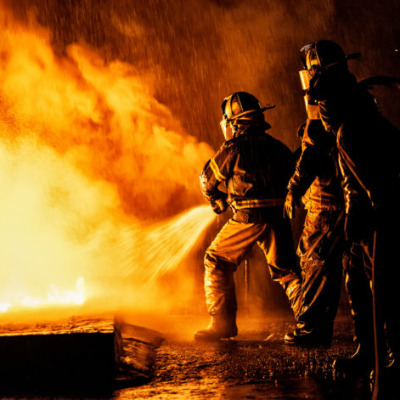 Fire Fighting Equipments
Fire Fighting Equipments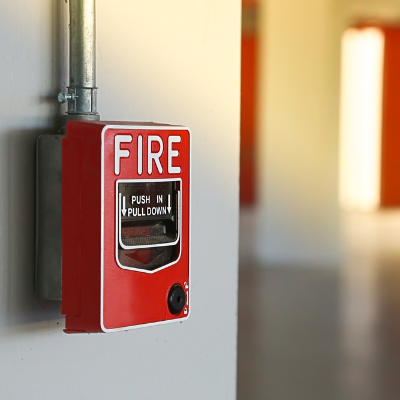 Fire Alarm
Fire Alarm Fire Hydrant System
Fire Hydrant System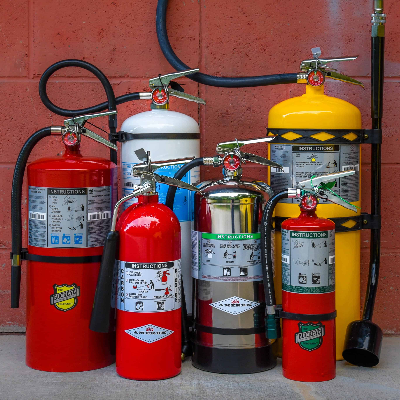 Fire Extinguisher
Fire Extinguisher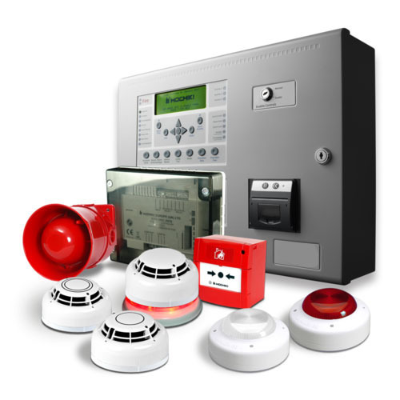 Fire Detection System
Fire Detection System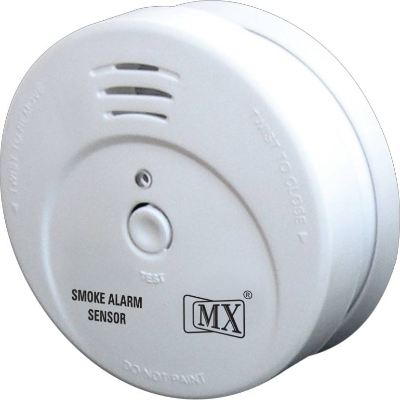 Fire Detector
Fire Detector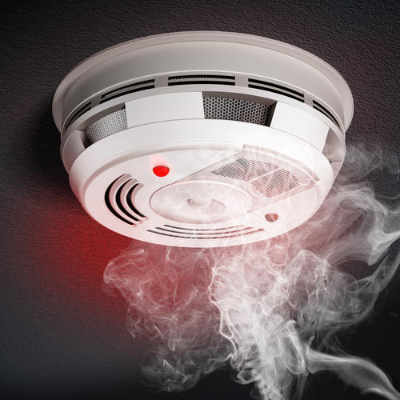 Smoke Detector
Smoke Detector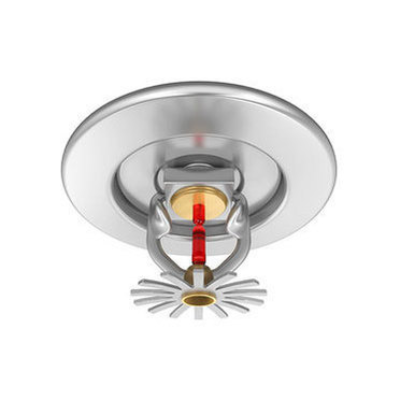 Fire sprinkler
Fire sprinkler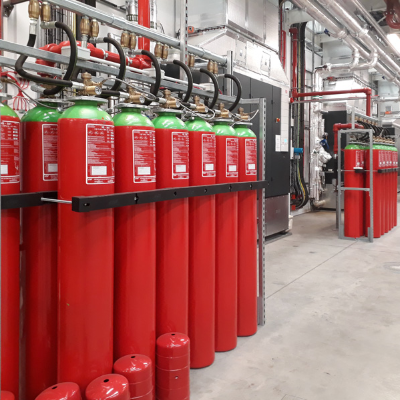 Fire Suppression
Fire Suppression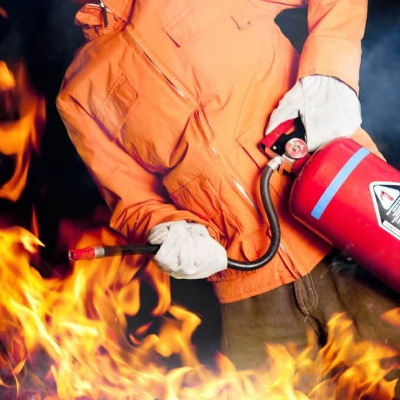 Fire Safety
Fire Safety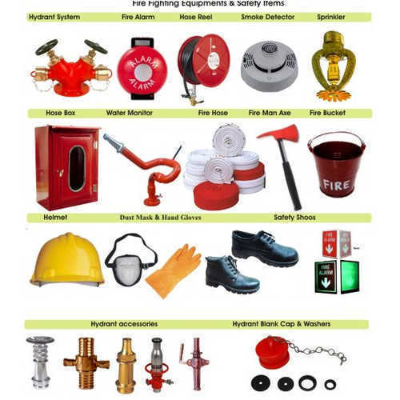 Fire Protection Equipments
Fire Protection Equipments Fire Door
Fire Door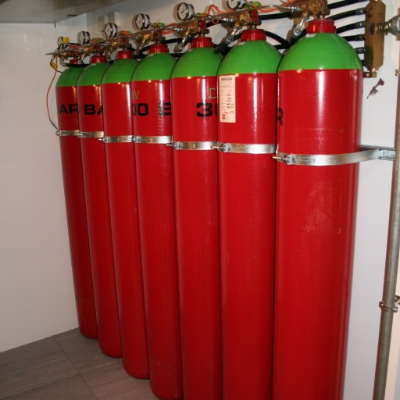 Gas Suppression System
Gas Suppression System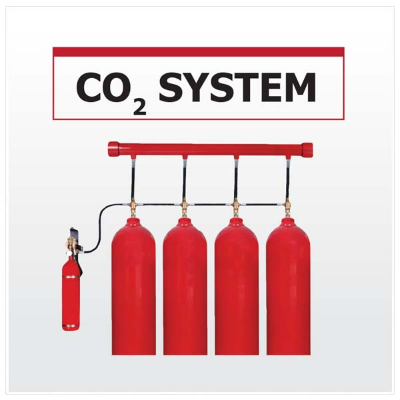 Co2 Fire Suppression System
Co2 Fire Suppression System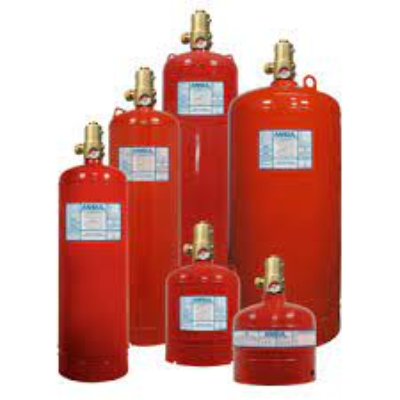 FM 200 Fire Suppression System
FM 200 Fire Suppression System Fire Hydrant System for Building
Fire Hydrant System for Building Fire Hydrant System for Offices
Fire Hydrant System for Offices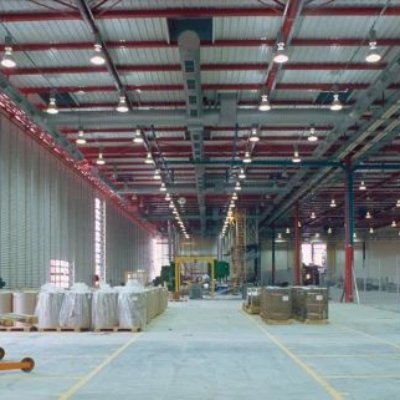 Fire Hydrant System for Warehouse
Fire Hydrant System for Warehouse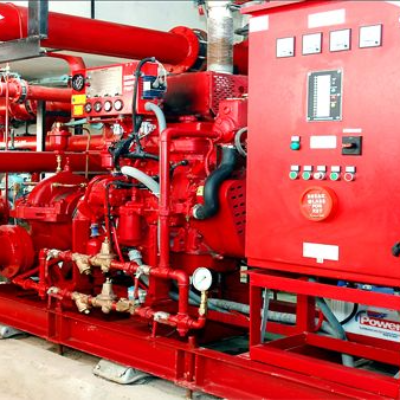 Fire Hydrant System for Factory
Fire Hydrant System for Factory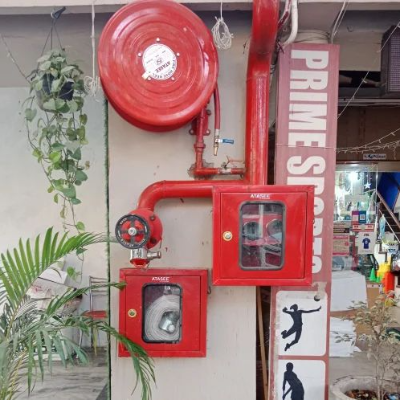 Fire Hydrant System for School
Fire Hydrant System for School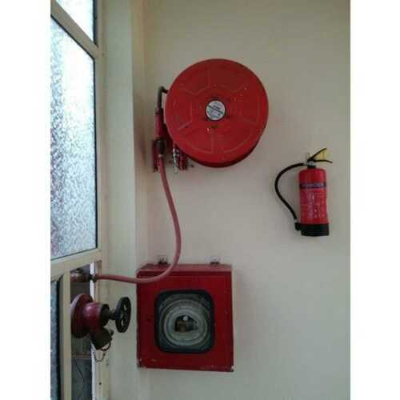 Fire Hydrant System for Hotels
Fire Hydrant System for Hotels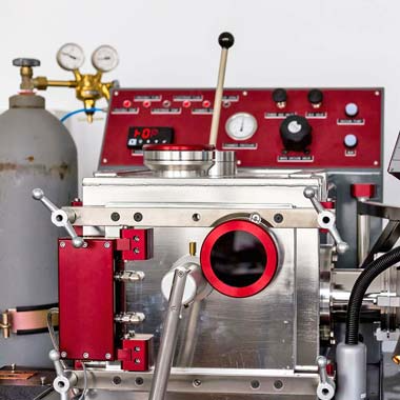 Fire Hydrant System for Laboratory
Fire Hydrant System for Laboratory Fire Hydrant System for Malls
Fire Hydrant System for Malls Fire Hydrant System for Theatres
Fire Hydrant System for Theatres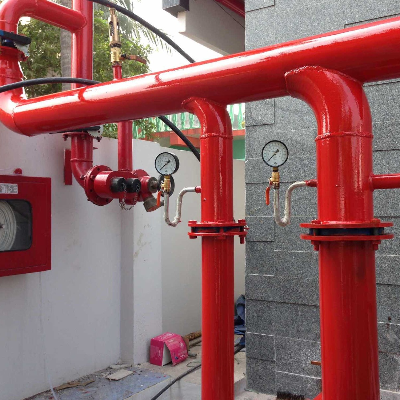 Fire Hydrant System for Housing Society
Fire Hydrant System for Housing Society Fire Hydrant System for Transformer
Fire Hydrant System for Transformer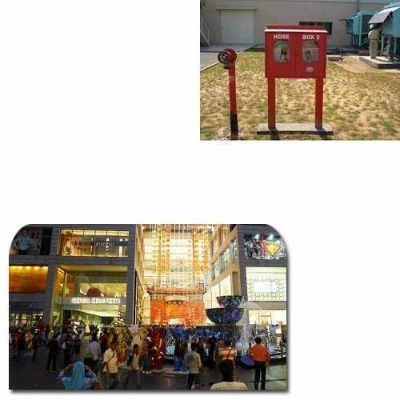 Fire Hydrant System for Shopping Complex
Fire Hydrant System for Shopping Complex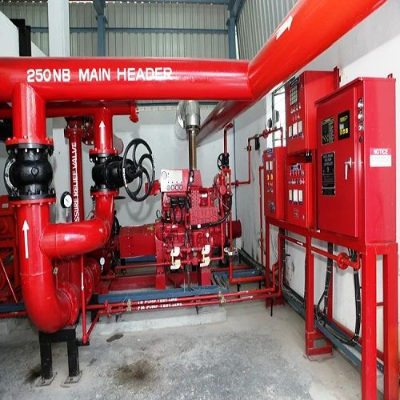 Fire Hydrant System for Industries
Fire Hydrant System for Industries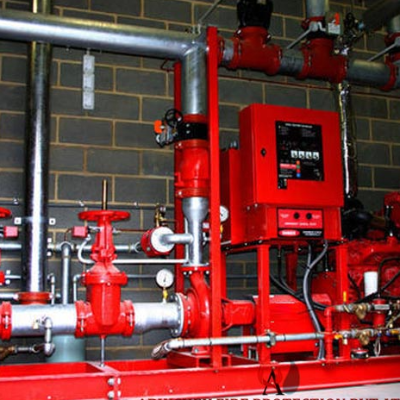 Fire Hydrant System for Construction Site
Fire Hydrant System for Construction Site Fire Sprinkler System for Buildings
Fire Sprinkler System for Buildings Fire Sprinkler System for Retail Store
Fire Sprinkler System for Retail Store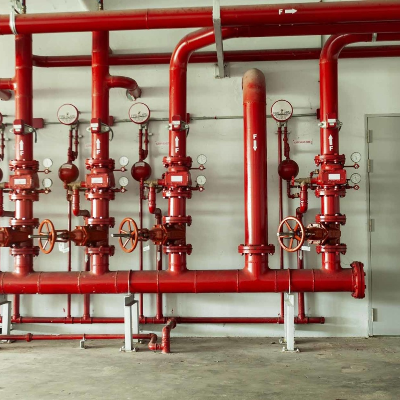 Fire Sprinkler System for Shopping Complex
Fire Sprinkler System for Shopping Complex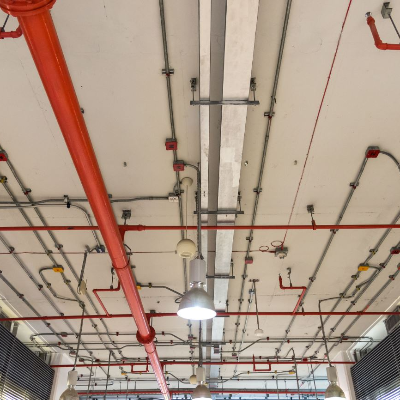 Fire Sprinkler System for Electrical Room
Fire Sprinkler System for Electrical Room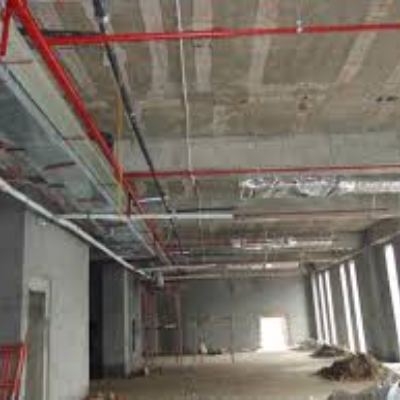 Fire Sprinkler System for Basement
Fire Sprinkler System for Basement Fire Sprinkler System for Theaters
Fire Sprinkler System for Theaters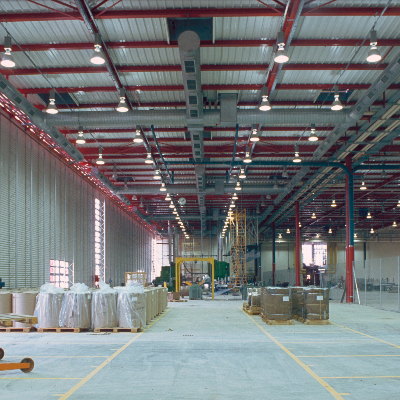 Fire Sprinkler System for Garage
Fire Sprinkler System for Garage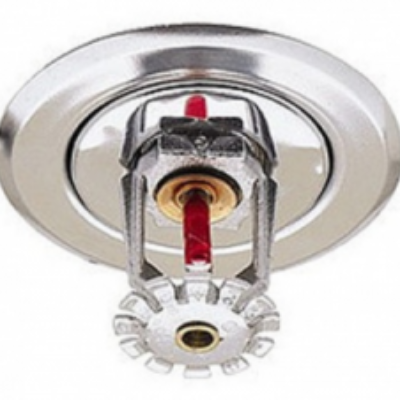 Fire Sprinkler System for Home
Fire Sprinkler System for Home Fire Sprinkler System for Restaurant
Fire Sprinkler System for Restaurant Fire Sprinkler System for Malls
Fire Sprinkler System for Malls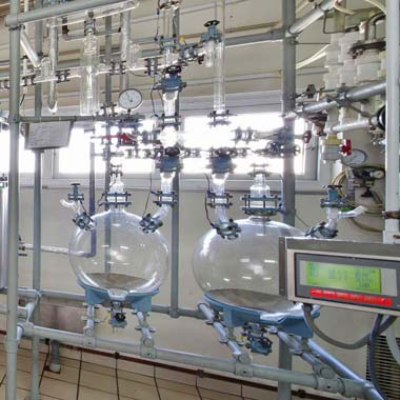 Fire Sprinkler System for Laboratories
Fire Sprinkler System for Laboratories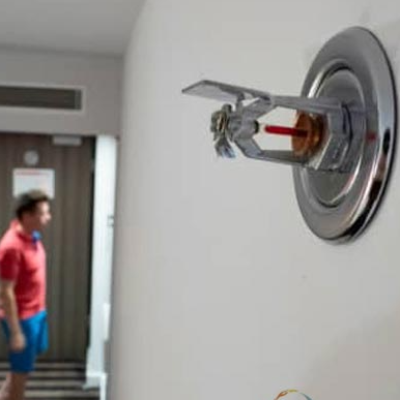 Fire Sprinkler System for Hotels
Fire Sprinkler System for Hotels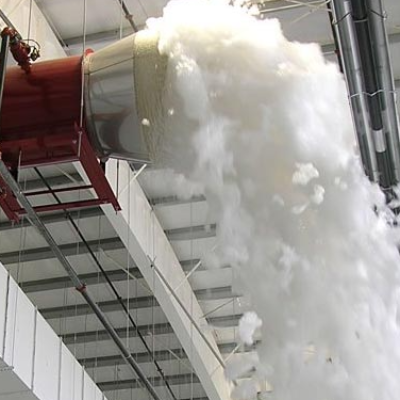 Fire Sprinkler System for Factories
Fire Sprinkler System for Factories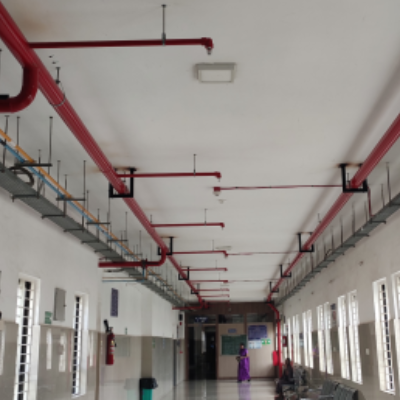 Fire Sprinkler System for Hospital
Fire Sprinkler System for Hospital Fire Sprinkler System for Warehouse
Fire Sprinkler System for Warehouse Fire Sprinkler System for Office
Fire Sprinkler System for Office Fire Alarm System for Factory
Fire Alarm System for Factory Fire Alarm System for Office
Fire Alarm System for Office Fire Alarm System for Warehouse
Fire Alarm System for Warehouse Fire Alarm System for Home
Fire Alarm System for Home Fire Alarm System for Residential Building
Fire Alarm System for Residential Building Fire Alarm System for Office Building
Fire Alarm System for Office Building Fire Alarm System for Building
Fire Alarm System for Building Fire Alarm System for Business
Fire Alarm System for Business Fire Alarm System for Commercial Building
Fire Alarm System for Commercial Building Fire Alarm System for Restaurant
Fire Alarm System for Restaurant Fire Alarm System for Hospital
Fire Alarm System for Hospital Fire Alarm System for Schools
Fire Alarm System for Schools Fire Alarm System for Hotels
Fire Alarm System for Hotels Fire Alarm System for Mall
Fire Alarm System for Mall Fire Alarm System for Airport
Fire Alarm System for Airport Fire Alarm System for Cinema Hall
Fire Alarm System for Cinema Hall Fire Alarm System for Home care
Fire Alarm System for Home care Fire Alarm System for Shopping Complex
Fire Alarm System for Shopping Complex Fire Alarm System for Apartment
Fire Alarm System for Apartment Fire Alarm System for Laboratory
Fire Alarm System for Laboratory Fire Alarm System for Retail Store
Fire Alarm System for Retail Store Fire Alarm System for Food Court
Fire Alarm System for Food Court Fire Alarm System for Kitchen
Fire Alarm System for Kitchen Fire Alarm System for Data Center
Fire Alarm System for Data Center Fire Alarm System for Coaching Institute
Fire Alarm System for Coaching Institute Fire Alarm System for Auditorium
Fire Alarm System for Auditorium